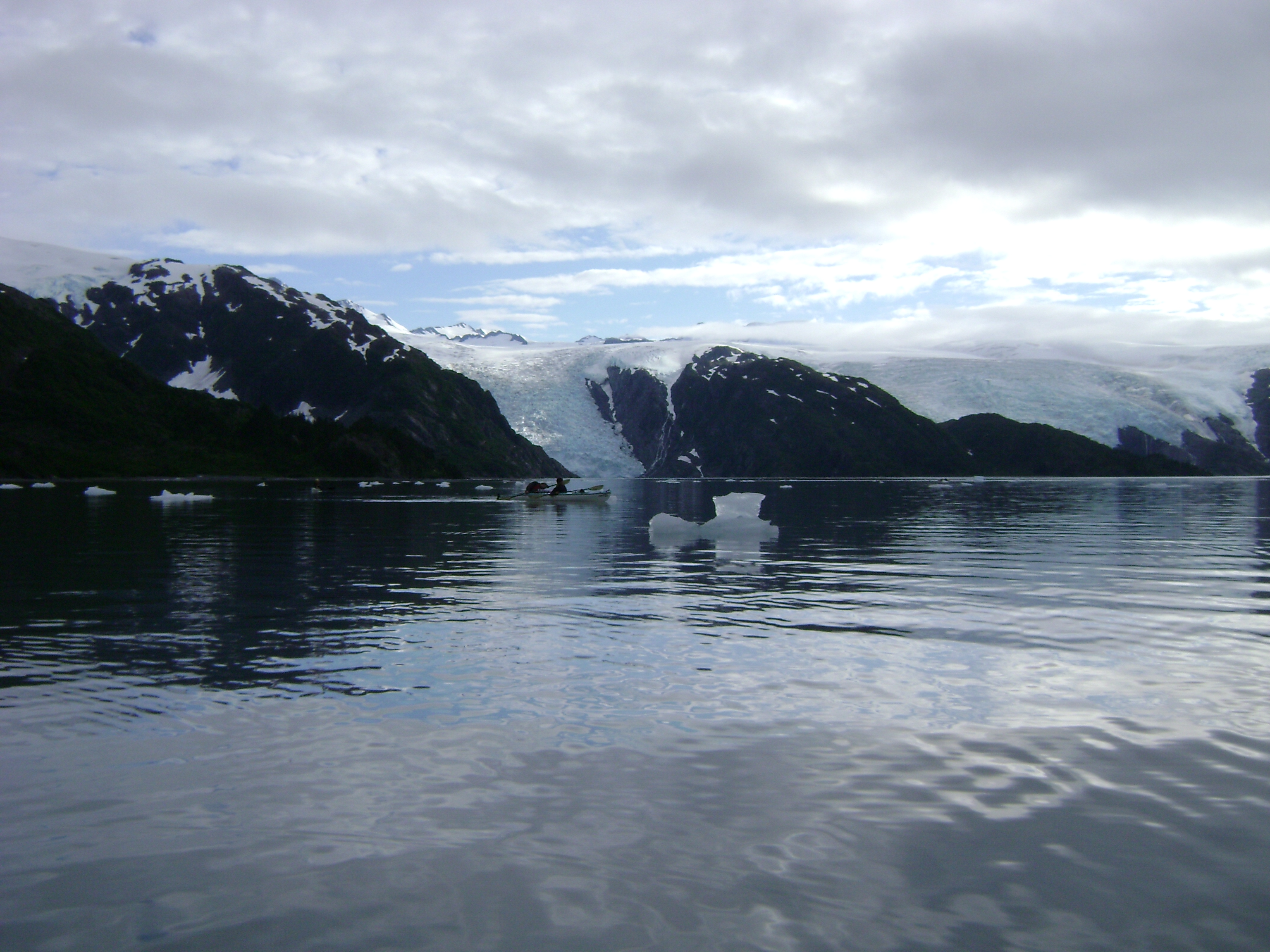At long last, I have been in the presence of an actual Jackson Pollock painting. In Denver, CO, I was surprised by Patricia with an exhibit titled “Modern Masters” at the Denver Art Museum. I did not know there was one on display, and my attempts to find out more form her were cleverly thwarted.
We received our tickets and headed to the entrance. Before getting to the special exhibit, there was three paintings from the American West by Thomas Hart Benton. Knowing that Jackson Pollock studied under Benton, I said to Patricia “How can you have Bentons’ but no Pollocks’ on display”? A little further on, my question was answered when a black and white photo of Jackson in his studio was on the wall. I knew then a dream of mine had finally come true.
To appreciate Pollock’s most famous pieces, you should see it in person as they are large and require a wall to themselves. Convergence measures 93.5 inches in height and 155 inches in width, one of the largest he painted, and is a massive display of lines, colors, shapes, and emotions. I had to sit for 20 minutes to take it all in and see the many layers, time that passed, and the universe that began to emerge. In some parts, I saw a galaxy or nebulae staring back at me. Overwhelmed is the only word to describe how I felt inside. The emotion and intensity of this washed over me. It was a privilege to sit before this and imagine his large hands holding cans of paint and brush, throwing and dripping colors as he worked his way around the canvas, giving us a glimpse of the universe in his mind.

http://www.jackson-pollock.org/convergence.jsp
Jackson Pollock (American, 1912-1956) opted for an early exit from high school in California to study with Thomas Hart Benton at the Art Students League of New York. After gleaning what appealed to him from the Regionalists, Mexican muralists, and Surrealists, Pollock worked for the Federal Art Project from 1938 to 1942. By the mid-1940s Pollock was painting in a wholly abstract manner, and in 1947 he arrived at the drip and splash style with which he is most often associated. Affixing canvases to a wall, the floor, or the ground if painting outdoors, Pollock dripped and poured commercial house paint from cans and arranged it using sticks, trowels, or knives, sometimes augmenting it with sand, broken glass, or foreign matter, as Pollock stated it. He placed great import on being able to walk around such paintings and work on them from all four sides. Such action painting, opined artists and critics, expressed or revealed the unconscious moods of the artist. Pollock’s drip paintings, as Willem de Kooning said, broke the ice for the Abstract Expressionists who followed Pollock.



